Odissi Dance: A Timeless Journey of Expression and Tradition
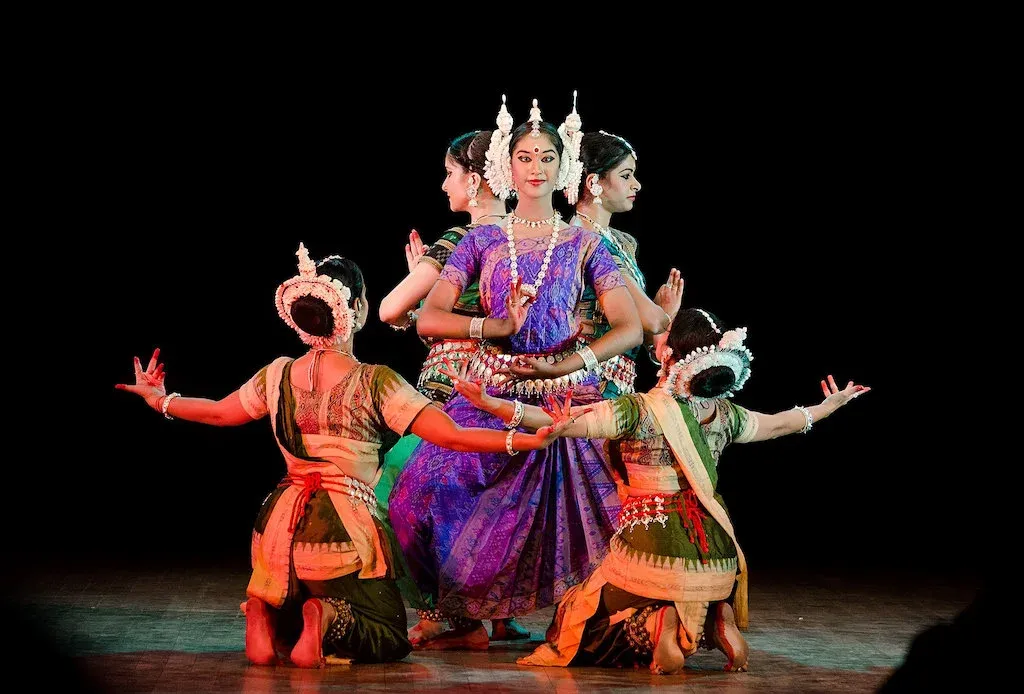
India, with its rich tapestry of cultural diversity, is home to a myriad of classical and folk dance forms. Among these, Odissi stands out as a captivating classical dance form that embodies grace, storytelling, and artistic expression. Rooted in the cultural heritage of the eastern Indian state of Odisha, Odissi dance is a captivating journey into the traditions and history of the region.
Historical Origins
Odissi, the enchanting dance form that it is today, has its origins deeply embedded in the rich tapestry of Indian history. It can be traced back to the ancient temples of Odisha, where it was nurtured and refined over centuries. The word “Odissi” itself is a testament to its roots, as it derives from “Orissi,” the former name of the state.
Odissi’s historical journey can be summarized in three key phases:
1. Temple Dance: Odissi has its roots in the temple dances of Odisha, particularly those dedicated to Lord Jagannath, one of the most revered deities in the region. Dancers, known as “Devadasis” or temple servants, performed these dances as offerings to the gods. These early renditions of Odissi were deeply spiritual and ritualistic, with a strong emphasis on devotion.
2. Decline and Revival: As history unfolded, Odissi faced a period of decline during the colonial era when temple traditions waned. However, in the early 20th century, Odissi experienced a remarkable revival thanks to the efforts of dedicated individuals who sought to preserve and promote this art form. Scholars and artists like Kelucharan Mohapatra played pivotal roles in this revival, contributing to the renaissance of Odissi.
3. Contemporary Significance: Today, Odissi has transcended its temple origins and become a cherished classical dance form, appreciated not only in India but also on the global stage. Its rich history and cultural significance have earned it recognition as a UNESCO Intangible Cultural Heritage, solidifying its place as a treasure of Indian heritage.
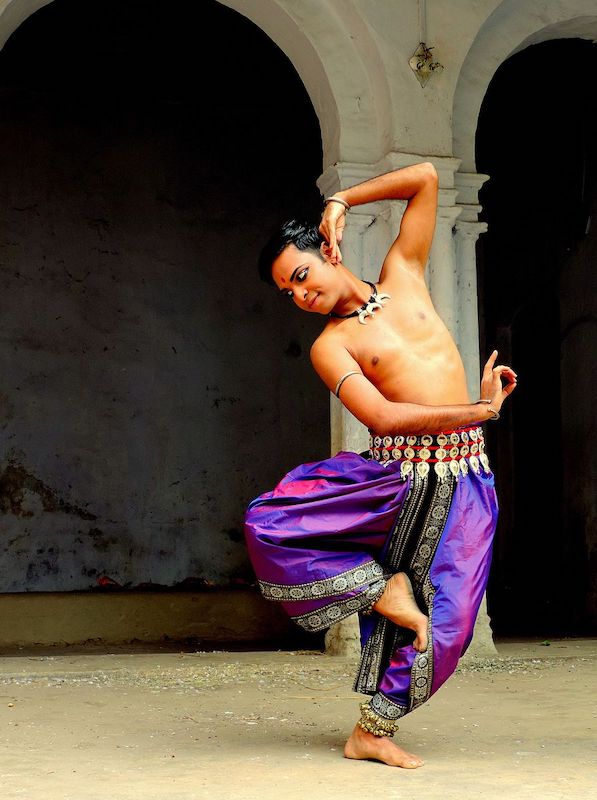
Key Elements of Odissi
Mudras (Hand Gestures)
At the heart of Odissi lies a language of gestures and expressions, known as “mudras.” These intricate hand movements are a hallmark of the dance form. Odissi features a vast repertoire of mudras, each with its own specific meaning and significance. Dancers use mudras to convey emotions, depict characters from mythology, and narrate stories with unparalleled precision and grace. The hands flow through a series of graceful shapes, conveying a spectrum of emotions, from love and devotion to anger and sorrow.
Abhinaya (Expression)
Odissi is not just about dance steps; it is a medium of storytelling and emotional expression. Dancers use their entire bodies, including their eyes, face, and body postures, to communicate and emote. “Abhinaya,” the art of expression, plays a pivotal role in Odissi performances. The dancers become vessels through which stories come alive, captivating audiences with their ability to convey complex narratives and emotions.
Footwork and Postures
The dance form’s precision is further exemplified through its intricate footwork and body postures. Dancers perform precise and rhythmic foot movements, creating intricate patterns on the floor. These footwork patterns, known as “bhramaris,” add a dynamic dimension to Odissi, enhancing its visual appeal. Additionally, the use of “tribhangi” or three-part bending of the body, with subtle curves at the neck, waist, and knees, adds to the aesthetic beauty of Odissi.
Costumes and Jewellery
Odissi’s visual allure is heightened by its traditional costumes and jewellery. Female Odissi dancers typically wear vibrant silk sarees with elaborate designs, which are often accompanied by intricately designed jewellery, including “temple jewellery.” The attire and jewellery are not merely adornments but are essential elements of the dance, enhancing the overall aesthetic and grace of the performance.
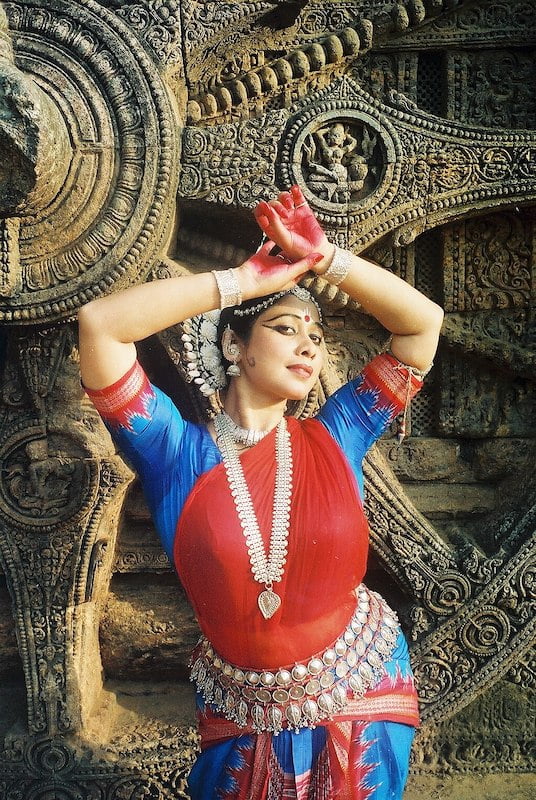
Themes and Storytelling
Odissi, as a classical dance form, is a medium of storytelling through movement, expression, and rhythm. Its repertoire includes a wide range of themes, many of which are drawn from Hindu mythology and folklore. Here are some common themes and narratives portrayed in Odissi performances:
1. Mythological Tales: Odissi often brings to life the epic stories of Hindu mythology, such as tales from the Ramayana and Mahabharata. Dancers embody characters like Lord Krishna, Lord Rama, Sita, Radha, and Draupadi, portraying their emotions, dilemmas, and triumphs.
2. Devotional Expressions: The dance form has deep spiritual roots, and many Odissi performances are dedicated to expressing devotion and love for the divine. These pieces convey a sense of surrender and reverence, evoking a profound connection with the audience.
3. Romantic Narratives: Odissi is known for its lyrical and romantic compositions. These pieces often depict the love stories of Radha and Krishna, capturing the essence of divine love through the graceful movements of the dancers.
4. Nature and Seasons: Odissi also draws inspiration from the beauty of nature and the changing seasons. Dances representing the monsoon, blooming flowers, or the tranquil landscapes of Odisha are celebrated for their artistic expression and connection to the environment.
5. Social and Cultural Commentaries: In addition to traditional themes, contemporary Odissi choreographers have explored social and cultural issues through the dance form. These performances use Odissi as a medium to comment on topics like gender equality, environmental conservation, and societal change.
Music and Instruments
The music that accompanies Odissi dance is an integral part of the experience. Odissi music is characterized by its soulful melodies, rhythmic patterns, and lyrical compositions. Traditional Odissi music is performed live and includes vocalists, instrumentalists, and percussionists. Key instruments used in Odissi music include:
1. Mardala: This traditional percussion instrument, resembling a drum, plays a crucial role in Odissi music. The mardala’s rhythmic beats complement the dance movements, adding depth and energy to the performance.
2. Flute: The enchanting notes of the flute often feature prominently in Odissi music, creating a serene and melodic atmosphere.
3. Sitar, Violin, and Harmonium: These string and keyboard instruments contribute to the melodic aspects of Odissi music, providing a rich backdrop for the dancers.
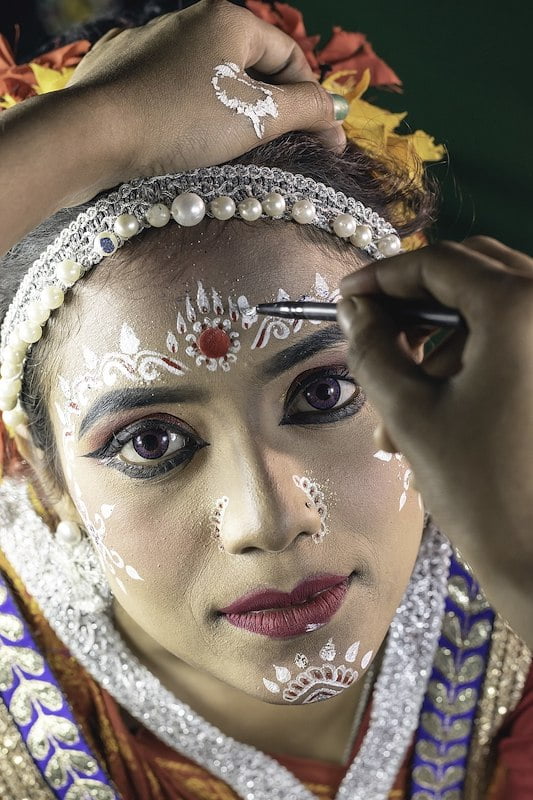
Training and Education
The art of Odissi demands not only innate talent but also years of rigorous training and dedication. Dancers, often starting at a young age, embark on a journey of learning and refinement under the guidance of experienced gurus (teachers). Here are some key aspects of the training and education process in Odissi:
1. Guru-Shishya Parampara: Odissi has a strong tradition of the “guru-shishya parampara” or teacher-student relationship. Dancers receive individualized instruction from their gurus, allowing for a personalized approach to skill development.
2. Learning the Basics: Students begin with learning the fundamentals, including basic footwork, hand gestures (mudras), and body postures. Developing a strong foundation is essential for mastering the more intricate aspects of Odissi.
3. Physical Fitness: Odissi dancers must maintain physical fitness to execute the demanding movements and maintain stamina during performances. Training often includes exercises to improve flexibility, strength, and endurance.
4. Abhinaya (Expression): The art of expression is a critical component of Odissi training. Students learn to convey a wide range of emotions through their eyes, face, and body, practicing storytelling techniques.
5. Repertoire Building: As students progress, they learn and rehearse various Odissi compositions, each with its own choreography, music, and thematic content. These compositions range from traditional pieces to contemporary creations.
6. Costume and Makeup: Dancers are taught how to wear and adorn themselves in the traditional Odissi attire, including the intricacies of makeup application. This aspect of training is crucial as the costume and makeup are integral to the overall performance.
7. Live Music Integration: Dancers also learn to synchronize their movements with live music, including the rhythmic beats of the mardala and the melodies of the accompanying instruments. This coordination is a hallmark of Odissi performances.
8. Practice and Dedication: Odissi requires a high level of dedication and practice. Dancers often spend years honing their skills, perfecting every aspect of their performance to achieve the desired level of excellence.
Regional Variations
Odissi, while having a distinct classical form, also exhibits regional variations. These variations have evolved over time, adding diversity to the dance form and reflecting the cultural nuances of different regions in Odisha. Some notable regional variations include:
1. Mahari: The Mahari tradition of Odissi is associated with the temple dancers who historically performed in Odisha’s temples. This style emphasizes devotion and temple rituals.
2. Gotipua: Gotipua is a male-only form of Odissi, where young boys perform in female attire. This tradition has its roots in the Jagannath temple in Puri and showcases intricate acrobatic movements.
3. Nartaki: Nartaki, as the name suggests, is associated with professional female dancers and was performed in royal courts. It is known for its graceful and expressive movements.
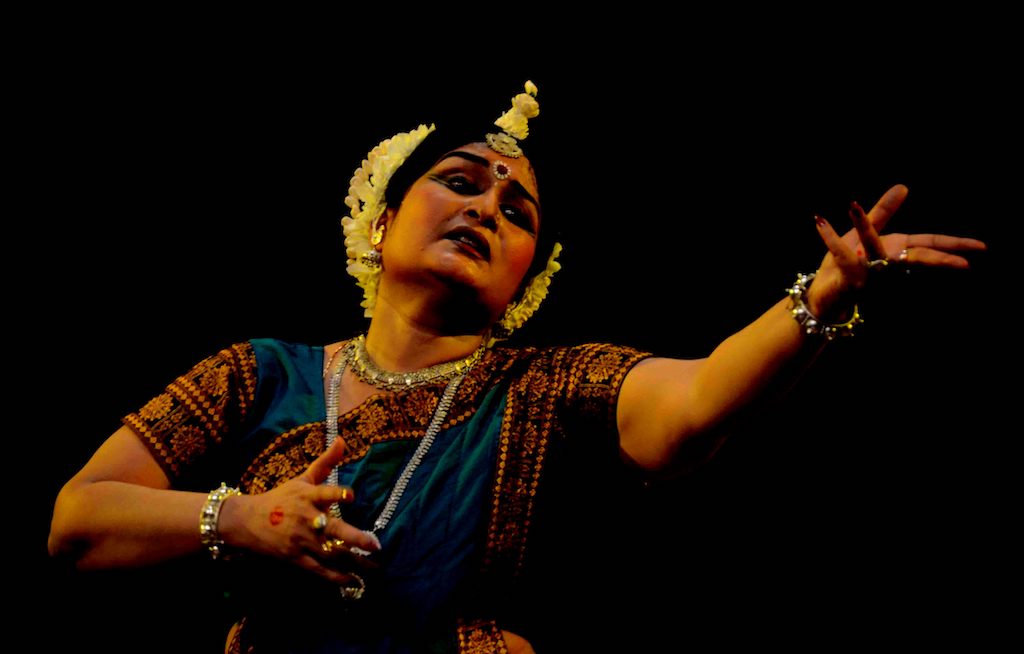
Modern Revival and Recognition
Odissi’s journey from its temple origins to its modern revival and global recognition is a testament to its enduring cultural significance. Over the years, the dance form has not only preserved its traditional charm but has also adapted to the changing times.
1. Revival in the 20th Century: The early 20th century marked a significant turning point for Odissi. Visionaries like Guru Kelucharan Mohapatra and others played a crucial role in reviving and codifying Odissi’s techniques and repertoire. Their efforts helped rejuvenate interest in the art form, ensuring that it did not fade into obscurity.
2. UNESCO Recognition: In 2008, Odissi received recognition as an “Intangible Cultural Heritage of Humanity” by UNESCO. This recognition catapulted Odissi onto the global stage, drawing attention to its cultural significance and artistic beauty.
3. National and International Festivals: Odissi is a prominent feature at various national and international dance festivals, where it shares the stage with other classical and contemporary dance forms. These festivals provide a platform for Odissi artists to showcase their talent to diverse audiences.
4. Global Appeal: Odissi’s elegance and emotive power have captured the hearts of audiences worldwide. It is not uncommon to see Odissi performances in cultural festivals, universities, and dance academies outside of India, further cementing its place as a global art form.
5. Contemporary Relevance: While deeply rooted in tradition, Odissi has also evolved to remain relevant in contemporary times. Choreographers continue to create new compositions that address modern themes and societal issues, infusing the dance form with fresh perspectives.
6. Educational Institutions: Several dance academies and institutions in India and abroad offer dedicated training in Odissi. This accessibility has contributed to a wider appreciation and understanding of the art form.
Conclusion
Odissi, with its intricate movements, expressive storytelling, and deep cultural roots, is a living testament to India’s rich artistic heritage. Its journey from the sacred precincts of temples to the world stage exemplifies its timeless appeal and enduring relevance. As Odissi continues to captivate audiences, both in India and around the globe, it serves as a reminder of the power of art to transcend time and borders.
In a world that is constantly changing, Odissi stands as a symbol of cultural continuity and artistic excellence. Its legacy is not just a piece of history but a living, breathing art form that continues to enchant and inspire generations of dancers and art enthusiasts alike. In experiencing Odissi, we embark on a journey through time and tradition, discovering the profound beauty and storytelling magic that this classical dance form offers.





